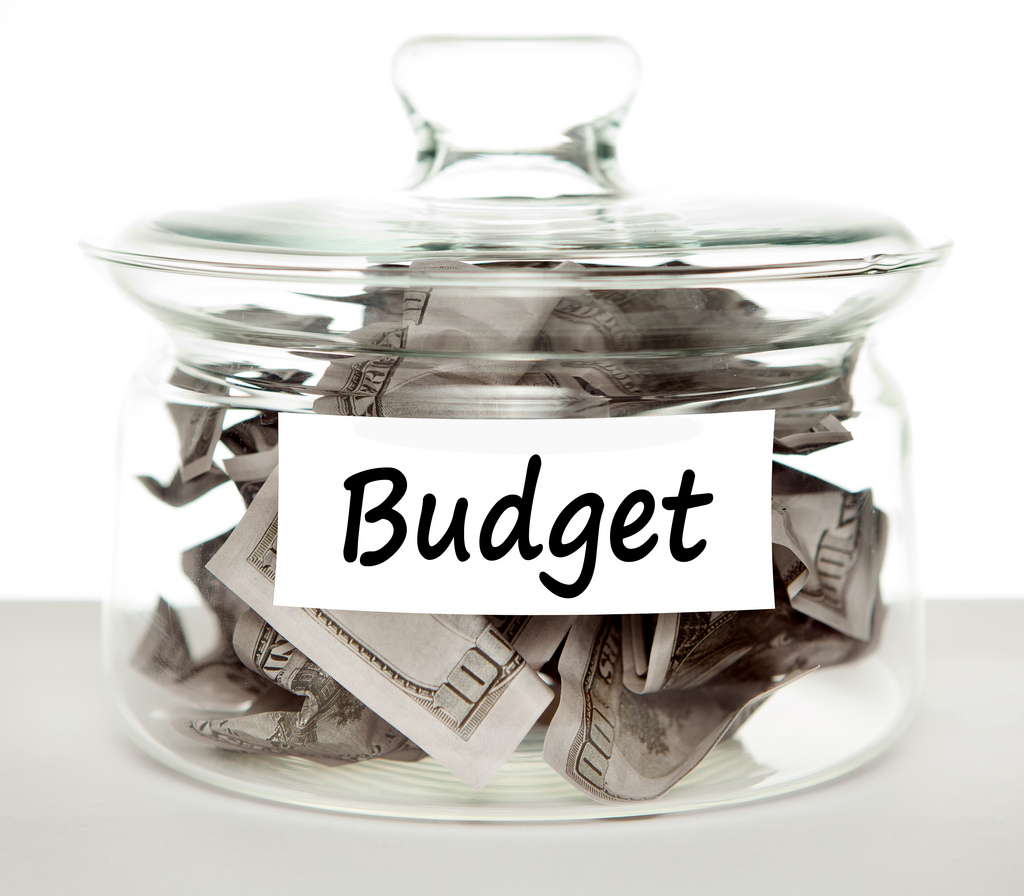
This was originally posted on the NC Expanded Food and Nutrition Education Program’s website.
I know from the guidance on ChooseMyPlate.gov, we should aim to make at least half our plates fruits and vegetables. But when I hear that, I wonder how I can make that happen with my limited food budget. Fruits and vegetables tend to be a pricey part of my grocery bill each time, and especially at this point in the year, somewhere between true winter and spring, I have a hard time deciding what can be good options for my family.
Recently, I came across a listing of “30 Ways in 30 Days to Stretch Your Fruit and Vegetable Budget.” http://www.cdc.gov/nutrition/downloads/stretch_FV_budget.pdf
I read the list and decided that a few of the points could work for me. Here’s a few ways I’ve saved money over the course of my last grocery shopping trips:
- Way #4: Buy fruits and vegetables in season at farmers’ markets or at your local grocery store. One of my favorite fruits to eat are strawberries. They are available in a grocery store practically year-round. However, in the winter months, they tend to be about $4 to $5 a package! Here in North Carolina, when they are in season and grown here, you can get them for so much cheaper. In the grocery, too, during the summer months, they are often a little more than $1 per package. So on my recent grocery trips, I choose what’s on sale instead. Last week, I bought navel oranges because they were on-sale for a good deal and that saved me a few bucks.
- Way #14: Don’t shop hungry. Eat a healthy snack, such as an apple, before going to the grocery store so that you stick to your budget and avoid spending money set aside for fruit and vegetables on less healthy temptations. This has been a tricky one for me. Due to my work schedule, often I go to the grocery store after running another errand or on my way home from work. I know the importance of having a grocery list so I don’t overspend, but I didn’t think about how many extras I would be tempted to buy when I go grocery shopping hungry. Before I went last time, I ate a banana. I wasn’t full, but I knew that would get me through my shopping. The usual items that I wouldn’t think twice about buying when I was hungry (and eating as I drove home!), I had an easier time resisting. I’ve estimated that I saved at least $10 of unnecessary spending.
Take a look at this list and see if there are any you might incorporate into your routine. As I see it, a few dollars saved here and there means I have more money to put toward food I know my family should have instead.
Let us know which suggestions work for you.
